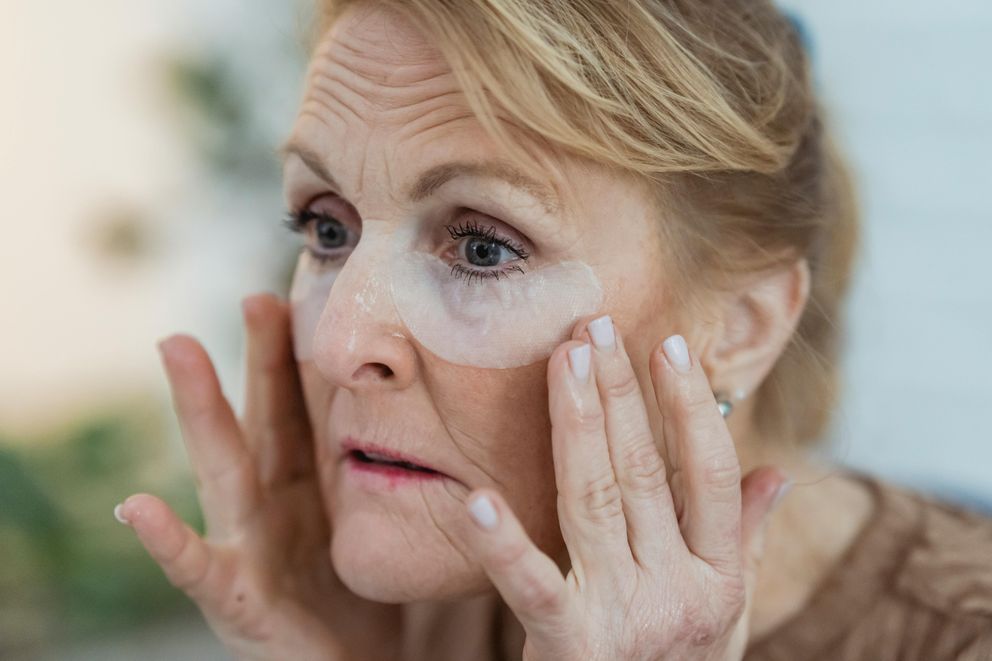
Why Electrolytes Are Essential for Active Women: A Guide to Natural Replenishment
When it comes to staying hydrated, electrolytes are the unsung heroes that keep your body balanced and energized, especially for active women. Whether...

The allure of vitamin patches in the wellness industry has sparked a debate on their efficacy. Are they a scientific breakthrough in nutrient delivery, or merely a trend with no substantial health benefits?
This investigation aims to dissect the science (or lack thereof) behind vitamin patches, guided by relevant studies and expert analyses.
Vitamin patches claim to offer a direct route of nutrient delivery through the skin. Unlike traditional oral supplements, these patches purportedly bypass the digestive system, potentially offering a more efficient absorption method. However, the regulatory oversight by the FDA over dietary supplements, including vitamin patches, is notably less stringent than that for pharmaceuticals, raising questions about their quality and efficacy.
Transdermal delivery systems, such as nicotine and hormone patches, have a long history of effective medicinal use. The skin acts as a critical barrier and gateway for substance exchange. A study published in the Journal of Pharmaceutical Sciences highlights the skin’s selective permeability, which can be advantageous for certain molecule sizes and solubilities.
Despite the proven efficacy of some transdermal systems, the application to vitamin delivery raises questions about the bioavailability of such nutrients when administered this way.
Manufacturers often highlight the supposed superior absorption rates, convenience, and reduced side effects of vitamin patches.
For instance, a promotional study by a leading vitamin patch company claims a 90% nutrient absorption rate, compared to 20-30% from oral supplements (VitaPatch Inc., 2020).
However, these figures are often derived from internal studies or anecdotal evidence, lacking peer-reviewed validation.
The medical community has voiced skepticism about vitamin patches. A review in Metabolism Open questions the effectiveness of transdermal delivery for most vitamins due to the skin’s natural barrier functions and the large molecular size of many nutrients. The variability in dosing and the absence of rigorous regulatory oversight further compound these concerns, emphasizing the need for more comprehensive research.

While some users report positive experiences with vitamin patches, including increased energy and improved wellness, these accounts are largely anecdotal. A survey conducted by Well&Good found mixed feedback.
“The thing with transdermal patches is that we just don’t have the same amount of data in terms of studies [being] done on them as compared with oral supplementation,” says Fatima Stanford, MD, MPH, MPA, a physician at Massachusetts General Hospital and recent appointee by Biden to the Dietary Guidelines Advisory Committee, which provides evidence-based recommendations to inform the development of dietary guidelines for Americans by the U.S. Departments of Health and Human Services (HHS) and Agriculture (USDA).
Comparing vitamin patches with oral supplements involves several factors: cost, convenience, efficacy, and safety. Despite the innovative delivery method of patches, a systematic review in the Journal of Nutrition and Metabolism suggests that oral supplementation remains a more reliably effective and cost-efficient method for most nutrients, due to established pharmacokinetic profiles (Green & Harris, 2022).
The trajectory of vitamin patches will likely depend on the advancement of transdermal technology and further scientific validation. Ongoing research, including a study funded by the National Institutes of Health (NIH), aims to address the current gaps in understanding regarding the bioavailability and efficacy of transdermal nutrient delivery.
In conclusion, while vitamin patches present a novel and potentially convenient method for nutrient supplementation, the current scientific evidence supporting their efficacy and superiority over traditional oral supplements is limited.
Consumers should approach these products with caution and consult healthcare professionals when considering their use. As the scientific community continues to explore the potential of transdermal nutrient delivery, the future of vitamin patches hangs in the balance, contingent upon rigorous research and technological advancements.
A: Currently, there is no strong scientific evidence directly linking vitamin patches to relief from menstrual cramps or menopause symptoms. Traditional oral supplements and lifestyle modifications are more commonly recommended for managing these issues.
A: The safety of vitamin patches during pregnancy hasn’t been extensively studied. Pregnant women should consult their healthcare provider before using any form of supplementation, including vitamin patches.
A: While some vitamin patches are marketed with skin health benefits, robust scientific evidence supporting the effectiveness of transdermal vitamin delivery for improving skin conditions is lacking. Topical and oral forms of vitamins remain more supported by dermatological research.
A: The efficacy of vitamin patches in terms of absorption and effectiveness varies and is generally less well-studied than oral supplements. For most nutrients, oral supplementation is better researched and understood as an effective method of intake.
A: Side effects from using vitamin patches are typically not gender-specific, but individuals may experience skin irritation or allergic reactions at the patch application site. It’s important to monitor for adverse effects and consult a healthcare professional with any concerns.
A: Vitamin patches may not consistently deliver the recommended daily allowances of vitamins and minerals for women. It’s important to consider complementing patch use with dietary sources of essential nutrients.
A: There is no evidence to suggest that vitamin patches are an effective weight loss tool. Nutrition, physical activity, and lifestyle changes are the most recommended approaches for weight management.
A: Research on the efficacy and safety of vitamin patches, including studies specifically involving women, is limited. The need for more gender-inclusive research in this area is clear to better understand the potential benefits and risks.

When it comes to staying hydrated, electrolytes are the unsung heroes that keep your body balanced and energized, especially for active women. Whether...

Throughout history, cultures across the globe have embraced the healing power of beverages made from herbs, spices, and natural ingredients to promote...

Smoothies are a great way to fuel your body with essential nutrients, but adding adaptogenic herbs can take your wellness routine to the next level. A...

Herbal teas have been cherished for centuries as natural remedies for promoting overall health and well-being. For women, in particular, herbal teas c...

Fermented beverages like kombucha, kefir, and other probiotic-rich drinks are gaining popularity due to their powerful effects on gut health. These dr...